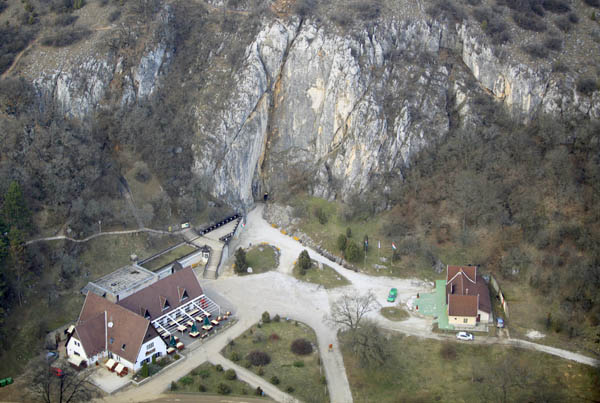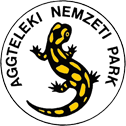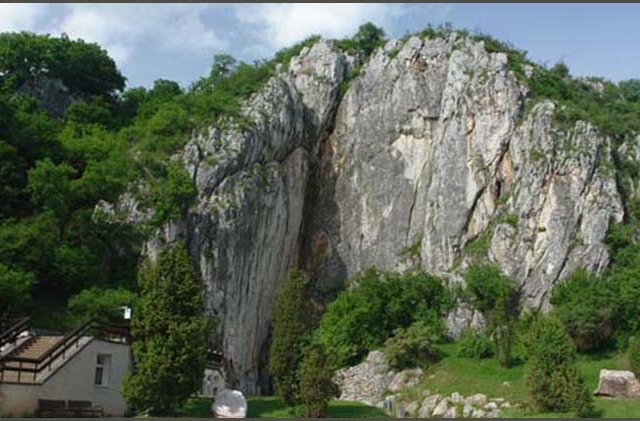Aggtelek’s History
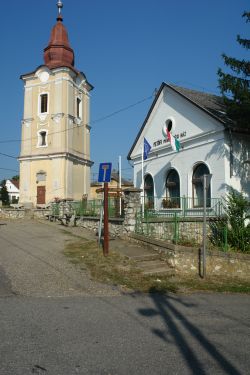
The settlement of Aggtelek is first mentioned in written documents as Ogogteluk in 1295. István Bertalan Antal, who was born in Aggtelek and worked as a trainee clerk as well as a social secretary, laboured seven years on a history of Aggtelek. According to Antal’s research, Aggtelek has been inhabited since the 1280s. However, historian Dr. Dénes György believes the humans lived in the area long before the Mongol invasion. This theory is supported by the discovery of two Romanesque windows and an old door common in the XII-XII centuries during the renovation of the Calvinist Church’s southern wall in 1975. Dr. György maintains that the village is not mentioned in the accounts of the Mongol invasion because the village was completely destroyed. Former residents only returned years or decades later. The locals suffered much hardship, not the least of which was war and various infectious diseases which decimated the populace. Some of these incidents are recorded in surviving death certificates.
In 1858, major tragedy struck the village. A terrible fire destroyed almost everything. Only two buildings remained intact, the main school building and an old stone house (still standing). The stone walls of the church and parsonage are preserved for posterity, but every other edifice burned to the ground. Of course, this meant that all municipal, official, church and personal records were also destroyed. A contemporary ecclesiastical report says that an investigating committee sent to the village found indescribable conditions. The complete destruction was not only on a physical level, but on the mental and spiritual as well.
This century also brought hardship to residents. For almost two weeks, one of the World War II front lines fell near the village. The old church withstood many storms, but was again reduced to the ruins of its ancient walls. Relics and remains from these hellish two weeks may still be found in the area, such as trenches and ammunition. The inhabitants of this village survived plagues, storms, invasions and wars, but unfortunately, very few records remain of their lives.
Sights
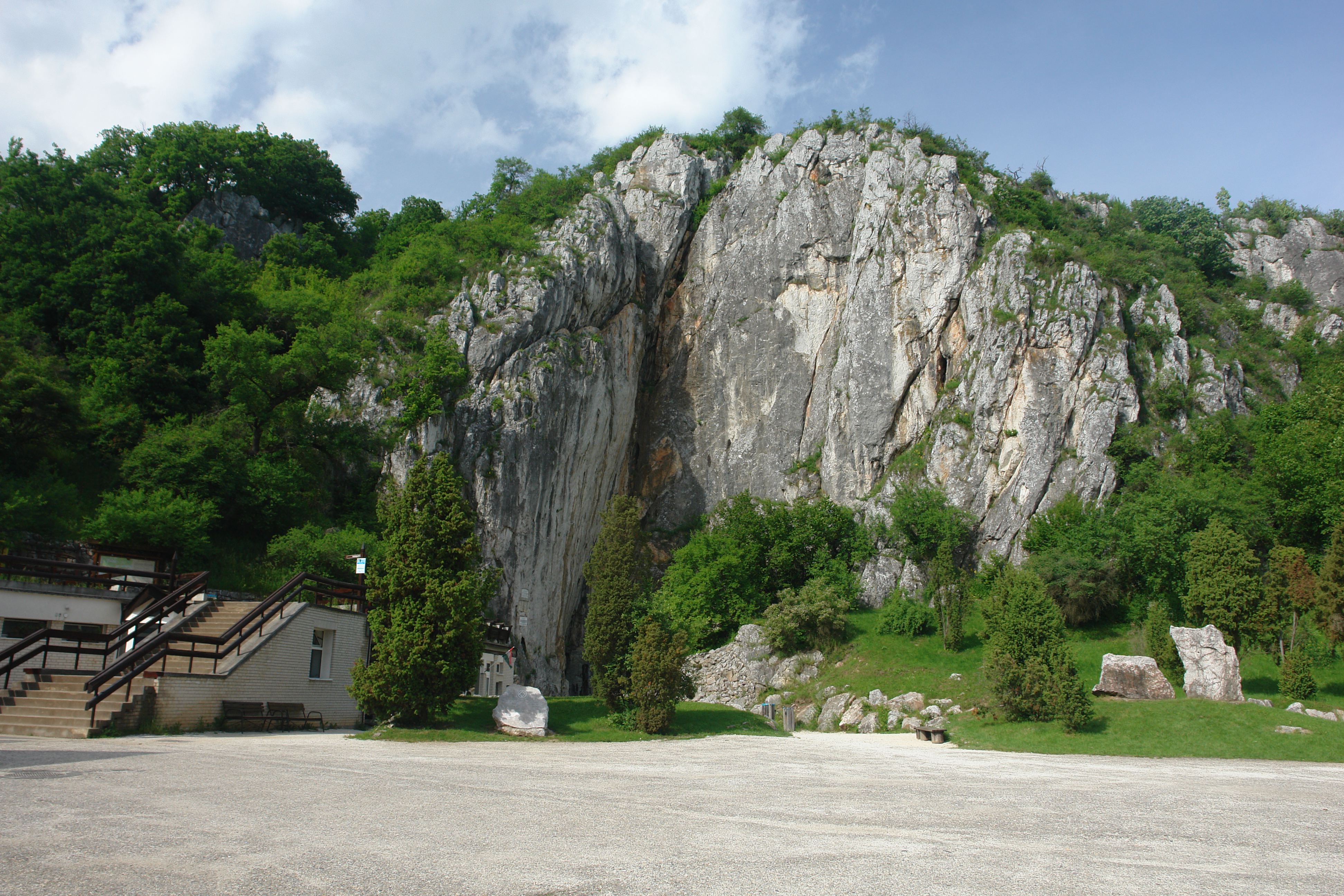
Baradla Cave
One of the three tourist entrances to the
Baradla Cave, Central Europe’s longest cave, is located in Aggtelek. The archaeological record testifies that this cave has been known to and used by people since prehistoric times. For more information about the Baradla Cave Tour, please see
here. Many fine examples of karst phenomena are also visible in the immediate vicinity of Aggtelek.
Souvenir Shop
The souvenir shop is located within the Tourinform Visitors Centre on the main square in front of the Baradla Cave entrance. One can solve all your information needs here, as well as find some great gifts and souvenirs from your trip to Aggtelek National Park. Free brochures and leaflets about National Park and other sights in many languages are available. There are also hiking maps, t-shirts and hats and other items with the Aggtelek logo, sports accessories and clothing. Tel: +36-48/503-000
Lookout over the Cave Entrance
Above the Baradla Cave’s Aggtelek entrance, perched on a 51 meter high crag, one can take advantage of the splendid panorama. Admire the ancient Sajó Valley as it meanders through the exposed limestone cliffs and karst landscape.
The Devil’s Plough (Ördögszántás) and Aggtelek Lake
There is a very nice wooded mountain lake at the border of the village. Nearby is an example of the so-called “Devil’s Plough” karst formation. One can imagine immense powers beyond our reckoning have ploughed long grooves into the landscape and thrown up fields of low perpendicular walls of rock to either side. In fact, the carbon dioxide from the abundant tree roots have helped dissolve the calcium in the rocks. Locals may also say that the area looks to be full of bird baths or tree root arms.
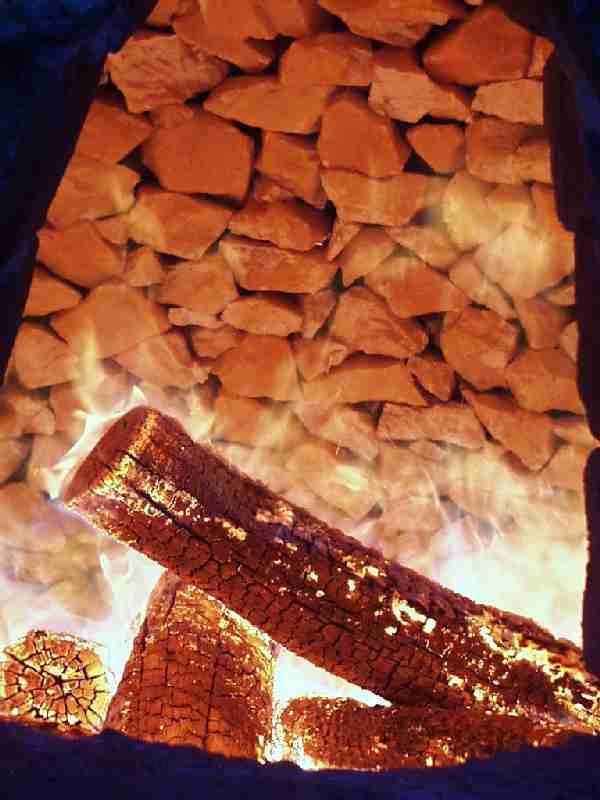
Lime Kiln
The inhabitants of Aggtelek used to be known as “the whitewashers.” Contemporary residents built a lime kiln as a memorial to both their ancestors and to that formerly important local industry.
Calvinist Church
The 13
th century Calvinist church was erected following the
Mongol invasion. This timeline is attested to by the Romanesque windows placed in the southern wall of the church. The village’s population increased so dramatically in the 18
th century that it was decided to enlarge the church by adding a vestibule to the north wall where larger funeral services could be accommodated. However, in 1858 the entire village was reduced to ashes, including the church whose shingled roof and interior caught fire. The painted
coffered wooden ceiling being prepared for the on-going renovation was set ablaze during World War II. As a result, the church is touted as most Puritanical in the area.
Cemetery with Carved Wood Grave Markers
The former Gömör County was mostly populated by Calvinists. Carved wooden columns were traditionally used as head stones and included such information as a person’s place of origin, gender and age. It is worth noting that the dedications on the head stones do not face the grave, but face the church and the bell tower. If you look around the cemetery, you will discover several important local personalities such as geologist and speleologist
Dr. László Jakucs, speleologist
Imre Vass who first officially explored Aggtelek’s
Baradla Cave, and Rafael Szegő who died in the
Hungarian 1848 Revolution against the
Habsburgs.
Bell Tower – Deák F. u.
The Baroque rustic style Calvinist Bell Tower about 200 metres from the church replaced an older watch tower in the 1800s.
Local Museum – Kossuth u. 2.
The local museum is housed in the abode of an early 20th century tenant or peasant farmer. The former kitchen and living room have been converted to exhibition areas displaying the implements and furnishings of the rural lifestyle. There is also a rich collection of woven textiles. Traditional food can be prepared for you on the wood burning iron sparhét stove if you book in advance.
Visit by appointment only (minimum 3 days in advance).
Aggtelek, Mayor's Office
Tel: +36-48/503 -208, 503-209
Heritage House – Kossuth u. 4.
One of the premier destinations in Aggtelek is the Heritage House. Temporary exhibitions are rotated seasonally. Exposition themes include traditional peasant activities, the contemporary landscape, aspects of nature protection and the National Park, and the results of centuries of interaction between humans and the natural environment.
Permanent Programmes in Aggtelek
Self-Guided Tour Possibilities:
Baradla Nature Trail, Lookout Tower above the Baradla Cave entrance, Aggtelek Lake, Devil’s Plough and the Zombor Sink Hole.
Guided Tours:
Aggtelek Village Day: annually during the second to last weekend in July

